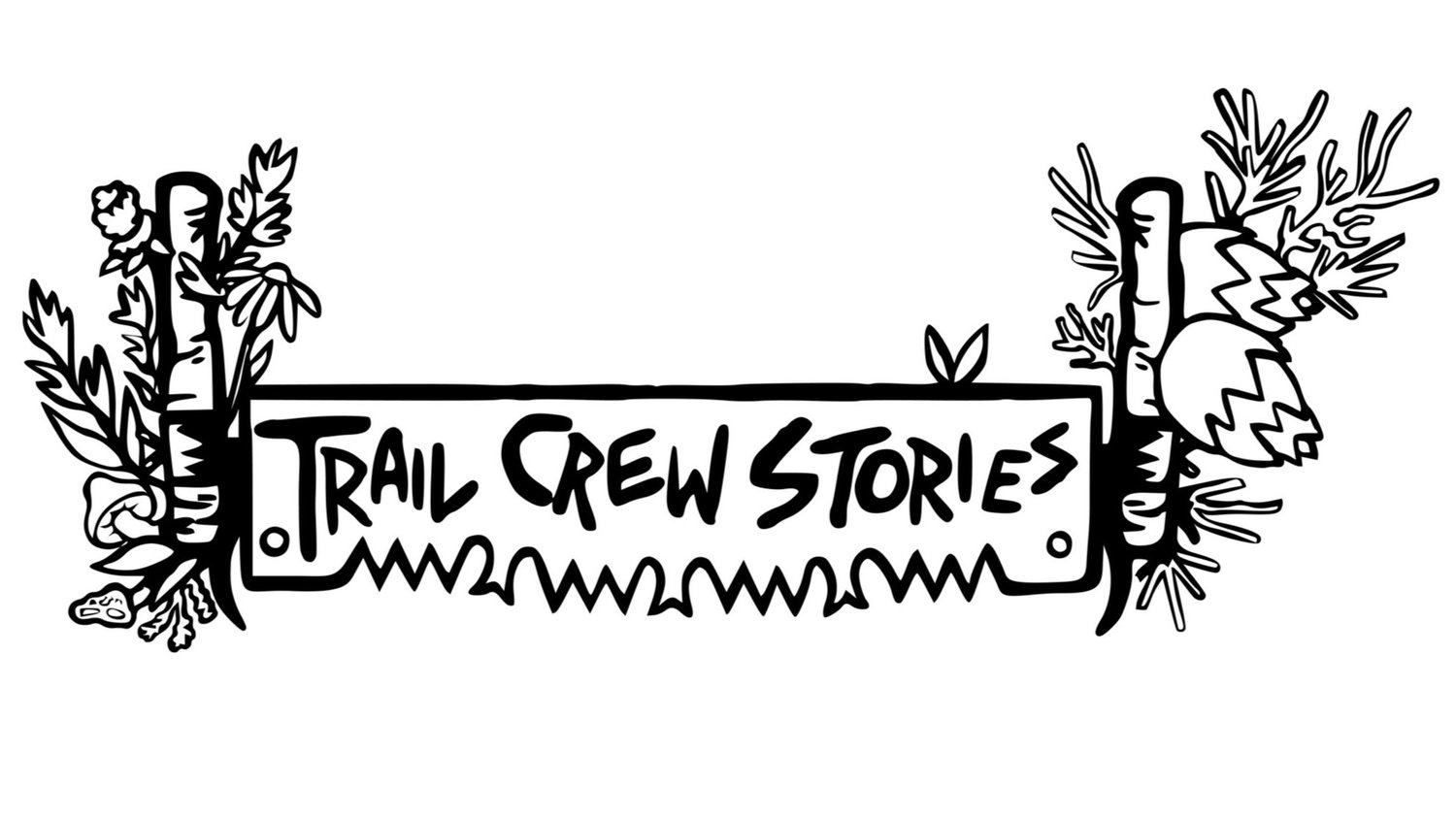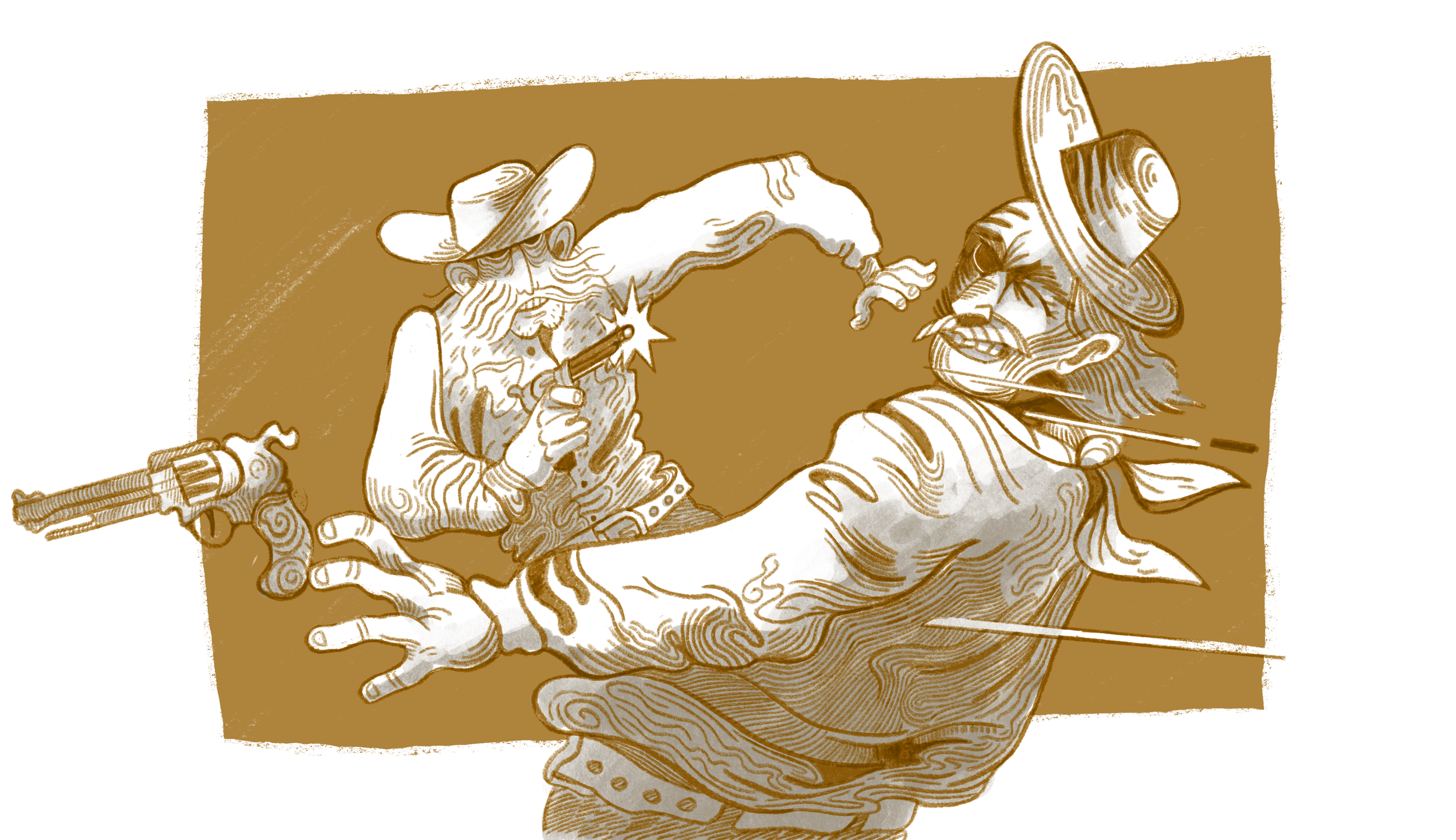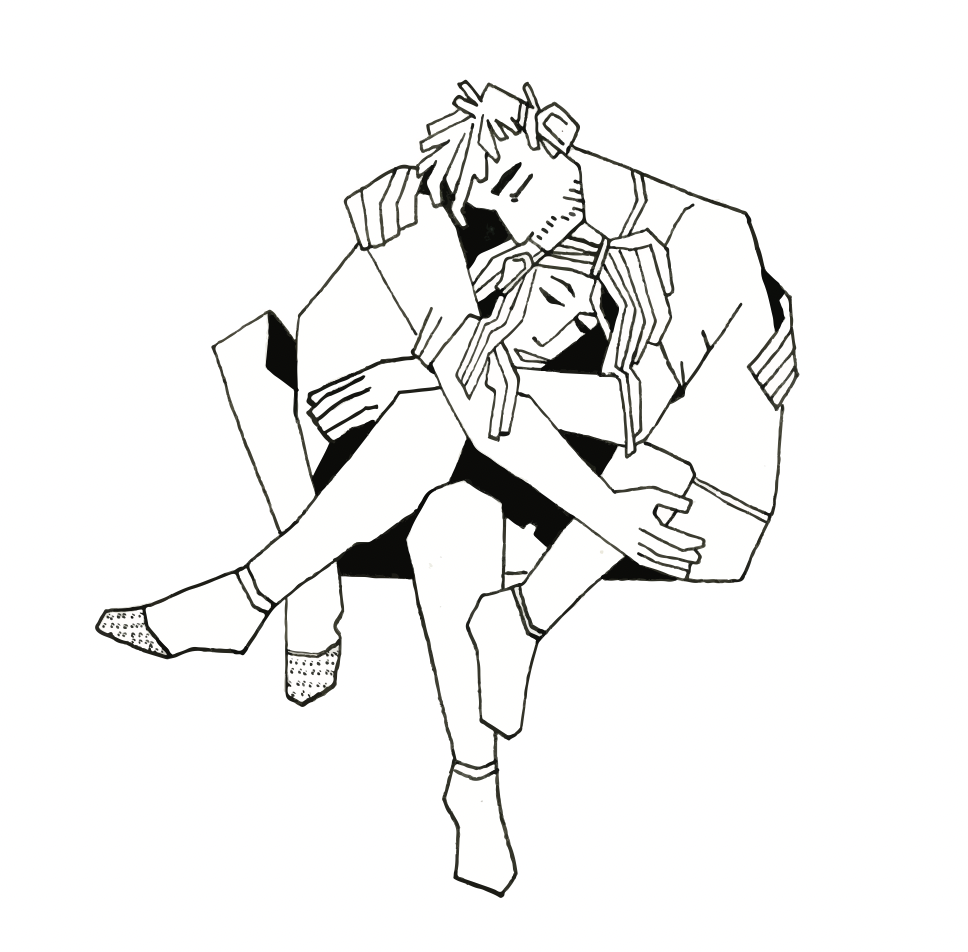Victoria Vandervort: Between a Crosscut and a Log
Courtesy of Victoria Vandervort
Victoria Vandervort is an artist working as a wilderness ranger for the US Forest Service. A graduate of one of the nation’s premier art schools, Victoria creates illustrations and prints inspired by both her formal training and her experiences in conservation work.
As soon as I came across her portfolio on Instagram, I wanted to learn more. Her style is simple yet beautifully evocative, capturing moments of intimacy and grit.
I caught up with Victoria to learn more about what influences her style, and how her work in trails and rangering continues to inspire her artwork.
Be sure to check out Victoria’s portfolio on Instagram @VictoriaLVande and give her a like and follow! She does sell prints - message her directly for details!
Courtesy of Victoria Vandervort
Joe: Tell me a little bit about your journey. How did you end up as a wilderness ranger?
Victoria: I work as a wilderness ranger for the Forest Service in the Methow Valley District. I also assist with trails, so I've done plenty of logouts. I'm originally from the Pocono Mountains in Pennsylvania. I grew up in a military family, so I had plenty of time running outside and playing with rocks and sticks.
I really started getting into outdoor work when I studied art in college. I attended Savannah College of Art and Design in Savannah, Georgia. I did lots of printmaking and visual effects, and I sat in front of a computer for hours and hours. I got sick of it—started getting a little sad behind the computer. A couple of my friends always told me, ‘You really like hiking and going outside and doing all that type of work, so why don't you try to pursue that?’
On a whim I took a volunteer opportunity in Leavenworth, Washington as a wilderness ranger. I moved all the way from Savannah, Georgia out to Washington with just a backpack. I started doing trail work. It was a really fun summer—I think that might have been the best summer of my life. I thought, Let's see if I can make a career out of this. I went to the Methow Valley on AmeriCorps, and now I’m permanent seasonal.
Victoria on a logout project in Washington.
Courtesy of Victoria Vandervort
Courtesy of Victoria Vandervort
J: You’ve got a pretty distinctive style of illustration. Can you tell me about that and what has influenced this style?
V: I learned a lot about German Expressionism in college. It’s gothic and dark and very emotional, especially since it developed during a bunch of wars, especially World War I.
Mike Mignola, who made the Hellboy comics, also really inspired me to experiment with shapes and flat colors. When you look at his comics, they're really simple, but they're also intricate at the same time. He puts a lot of detail into his line work rather than focusing on colors and everything else. My pieces don't tend to be colorful. Now I'm playing with more cartoons, but I started with a lot of black and white, and that's where I feel most comfortable.
Courtesy of Victoria Vandervort
J: What are your preferred media?
V: My top three are digital, printmaking, and ink. I really love printmaking. I can carve it how I want it to be, but as soon as I slap it on a piece of paper, it's gonna do what it wants and I'm okay with that.
Lots of ink pens. I tend to do smaller pieces. I feel like getting as close to the paper as I can and getting what details I can down.
Courtesy of Victoria Vandervort
J: In some ways, printmaking can be compared to trail work. With trail work, you can plan a trail feature or intervention as much as you want, but there are so many variables in the landscape that the finished product will always look a little different from the original vision.
Have you found similar ways to connect your artistic training to your experience as a wilderness ranger?
V: I really like drawing soldiers from World War I. The first time I worked on a trail crew, seeing everyone strap their tools to their packs and the different clothes they wear reminded me of those soldiers. I found it fascinating. I like to sketch trail workers. Even just a massive crosscut saw that someone strapped onto the outside of their pack is a statement in itself.
Fixes too. Even just wrapping a bunch of duct tape around your water bottle or around your boots to patch a hole temporarily. It's a gritty, organic look.
Courtesy of Victoria Vandervort
J: Trail workers are often in the metaphorical trenches. In Alaska, trail workers sometimes get trench foot. Not to minimize the suffering of World War I soldiers, but I think there's something to be said for the experience of suffering and hardship. You found a historical parallel that is also reflected in your artwork, which is very cool.
Do you create a lot of work while you're out in the backcountry?
V: Physically no, but I’m always thinking about it when I'm out there. I feel like the outdoors is the only place I can get a hundred percent silence, and I feel like that's when I can actually think. Sometimes I have phrases that just get repeated in my head when I'm banging up a trail six miles trying to find the next log to cut. I think about that phrase and then somehow a piece of art will come to mind.
Sometimes I do thumbnails or I write poetry, and that'll also branch and turn into illustrations. But not as much physical work as mental work.
Image courtesy of Victoria Vandervort
Courtesy of Victoria Vandervort
J: Looking through your portfolio, there seems to be a recurring theme of intimacy. Figures embracing, doing kind things for one another. Can you speak to this theme?
V: The best feeling in the world is an embrace. Maybe not always romantically, but even just hugging someone or something. On one of my last hitches, we found the biggest spruce tree in the world and we immediately all ran up to it and hugged it and it just felt good to actually hold like a physical living thing, even if it was just a sturdy tree. It felt good to physically embrace it. I tend to think about that embrace and it ends up coming out on a lot of my artwork.
Courtesy of Victoria Vandervort
J: My favorite piece of yours is this cowboy embracing the horse. There are these beautiful purple flowers accented and he’s got a cigarette with a little bit of purple smoke. Tell me a little bit about this piece.
V: We have a packer; his name is Kurt. Kurt loves our mules. We all love our mules. We had a mule that passed away recently called Bear and he was probably the biggest mule I've ever seen in my whole life. He could just lug giant pieces of wood.
The packers can get frustrated with the mules, and so do we. They have their own personalities and they do what they want. But at the end of the day, when you ask the packers, they always say they love them. They even go out and they physically hug them and embrace them. It’s almost like a big dog in a way, except a dog that can carry a porta potty if you need.
I think the intimacy of our packer, Kurt, and all of our mules inspired that one. It was a really loving relationship that he had with them, and I think in a way they also knew that he was there to take care of them. They knew, Okay, he's part of our herd and we gotta make sure we take care of Kurt.
Courtesy of Victoria Vandervort
J: Do you have any other just questions, thoughts, or comments for the record?
V: Every single trail worker that I've talked to has this really niche skill that they just taught themselves. There's just so many incredible people in this world, and for some reason they're all hidden between a crosscut and a log.
Courtesy of Victoria Vandervort












